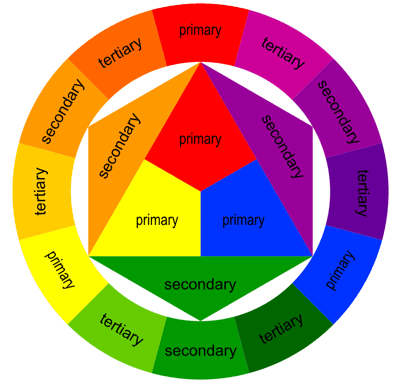Paint Colors
The age-old question…. what colors of paint do I need?
New painters love lots of colors and tend to put many colors on their mixing surface (palette). Most pros will tell you that you can have too many colors and that you should establish a simple, easy-to-remember color palette. This is where lessons come in handy.
Colors in painting are not the same as colors from your childhood. For instance, you may say “red,” but in painting, there are dozens of shades of red, so more precise color names are used. One popular red color is cadmium red light, which is probably what you would typically think of as red. Your instructor will recommend the reds you should use.
Every painter has a few colors they use regularly, and some have many. It’s not unusual for a painter to have colors from several brands, and colors with the same name may look different across different brands.
There are also different color grades. For instance, there are student-grade paints, which are less expensive. These usually have less tinting strength, but can be great for learning, because you will waste lots of paint.
Many pros use only three colors and white because all colors can be made from the three primary colors: red, blue, and yellow. (Of course, all artists have a favorite red, yellow, blue, and even white.) Most manufacturers offer a basic set with just the primary colors and white, and that’s a great starting point. Buy a set of paints and a color wheel and practice mixing colors from those three. Not only can you get any color, but you also don’t have to carry lots of paints. Then as you get better, you can add colors to make it more convenient than having to mix. Practice making colors.
The basics:
Red + Blue = Purple
Blue + Yellow = Green
Yellow + Red = Orange
You can lighten colors with white, and you can create hundreds of variations with just these three colors.


